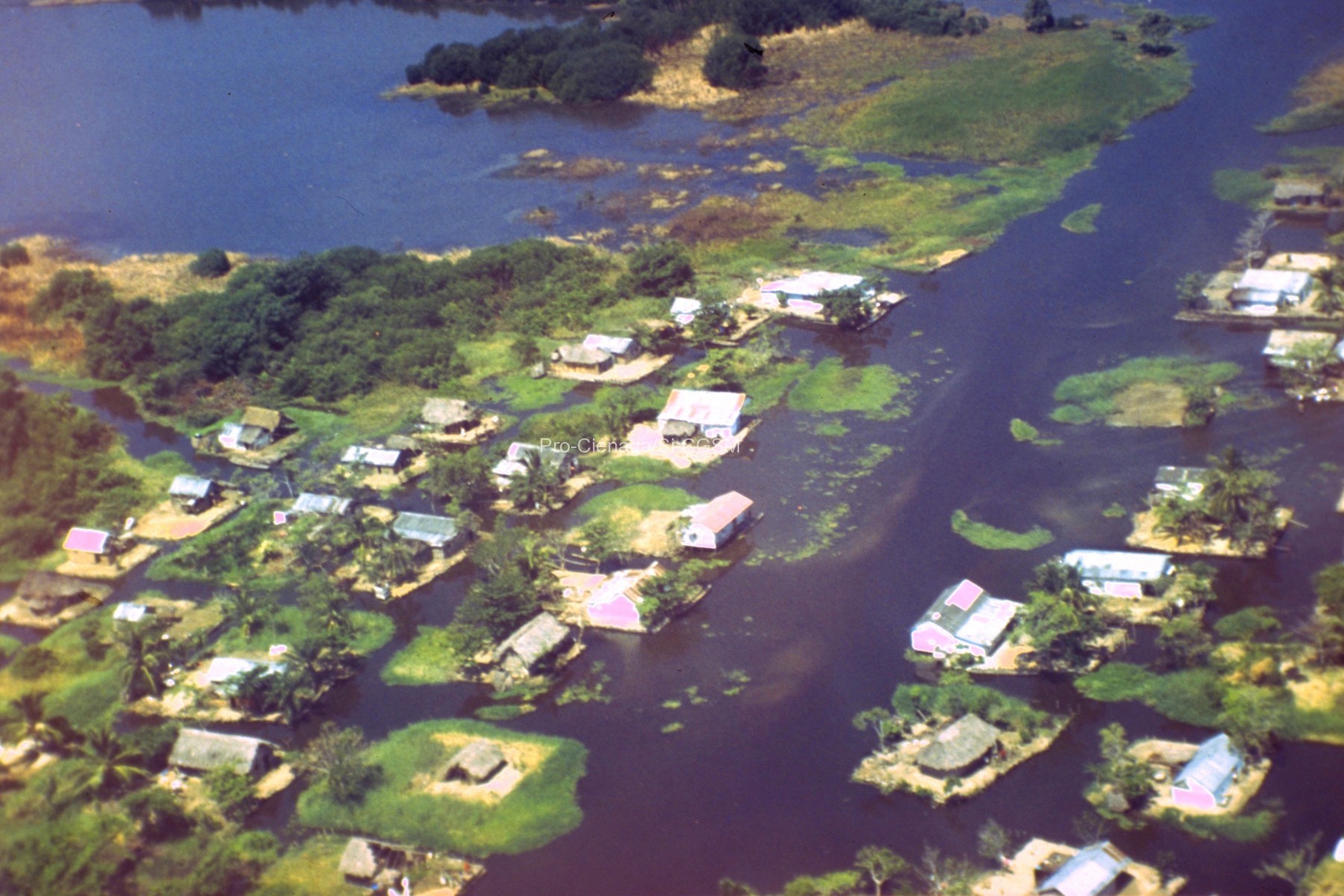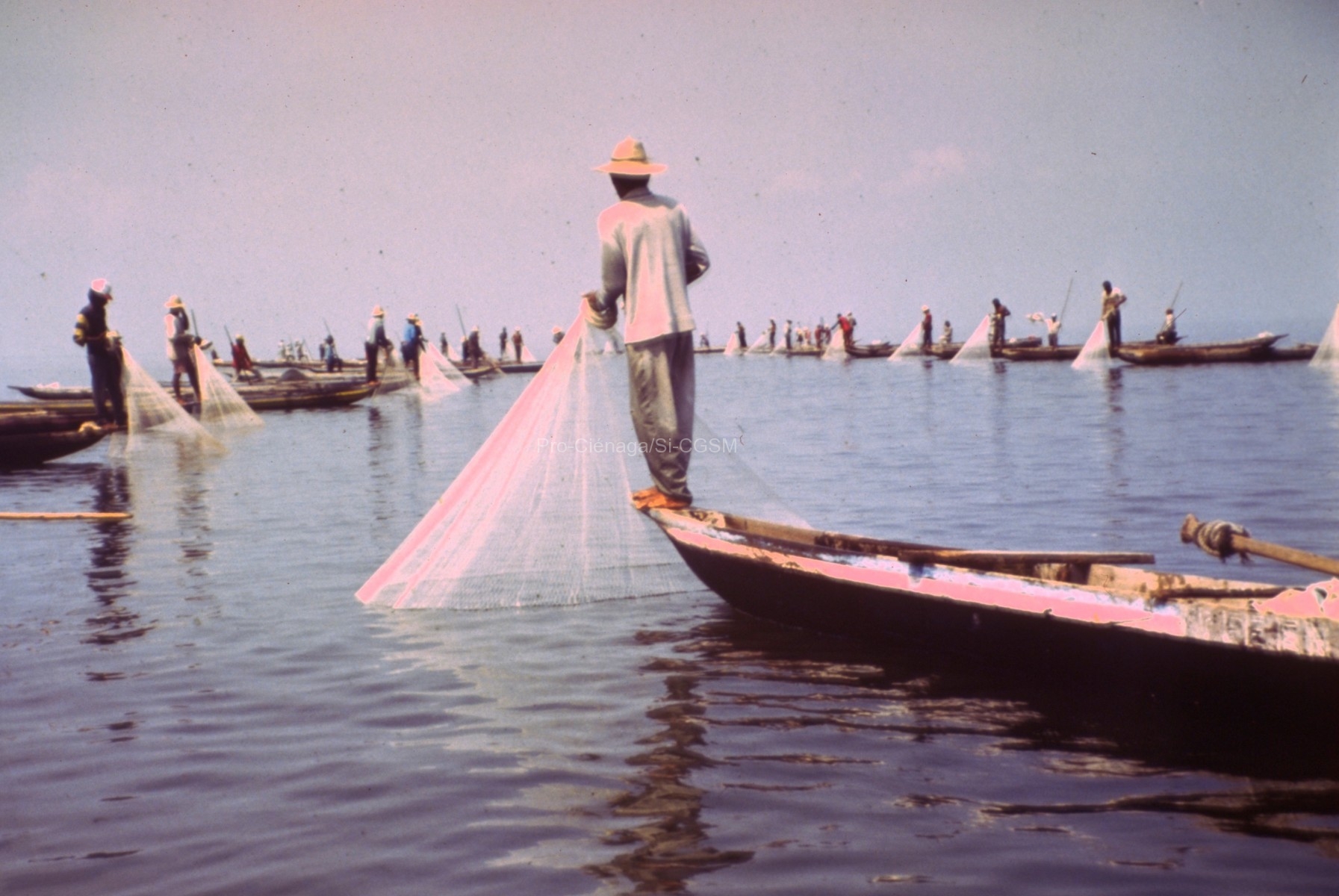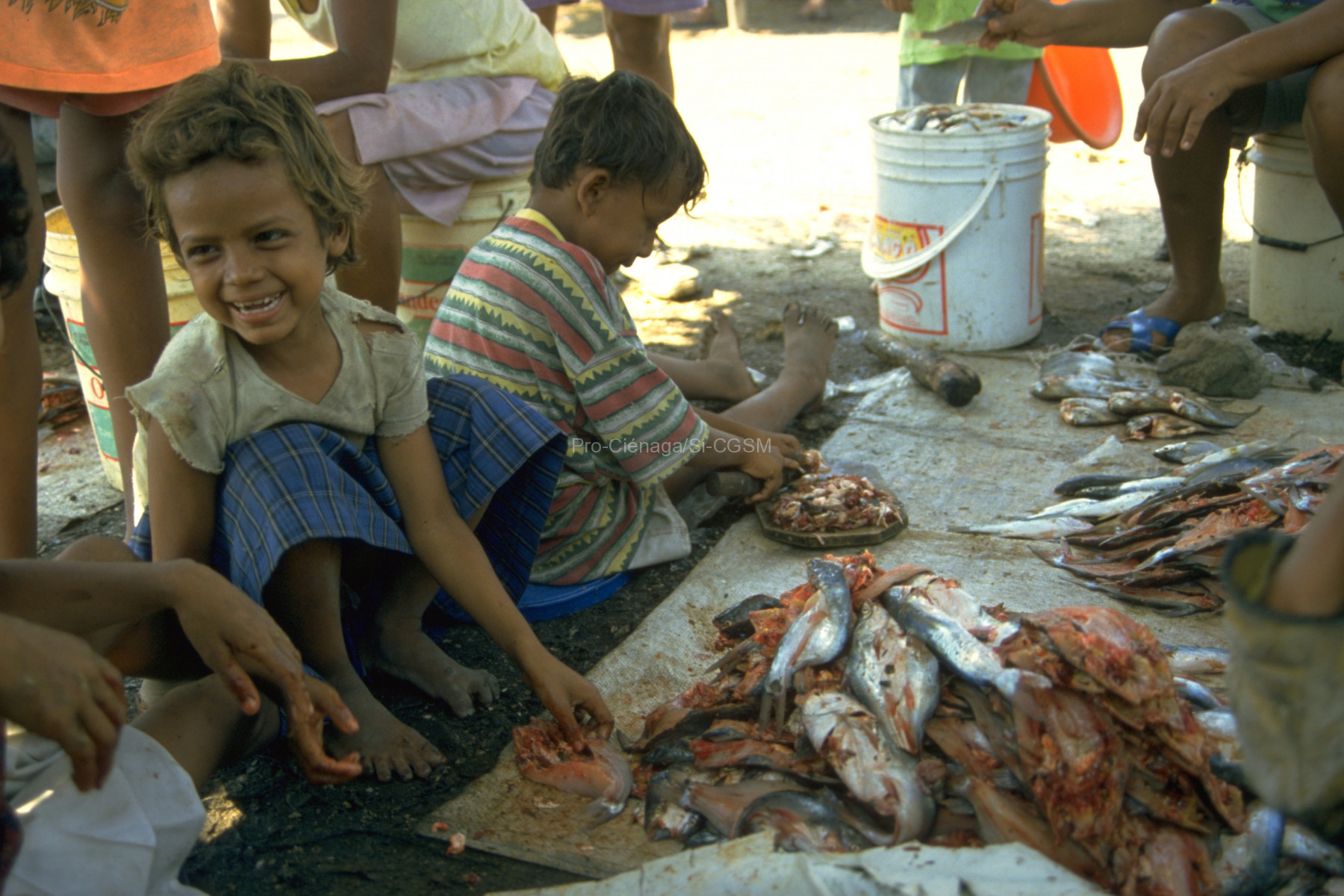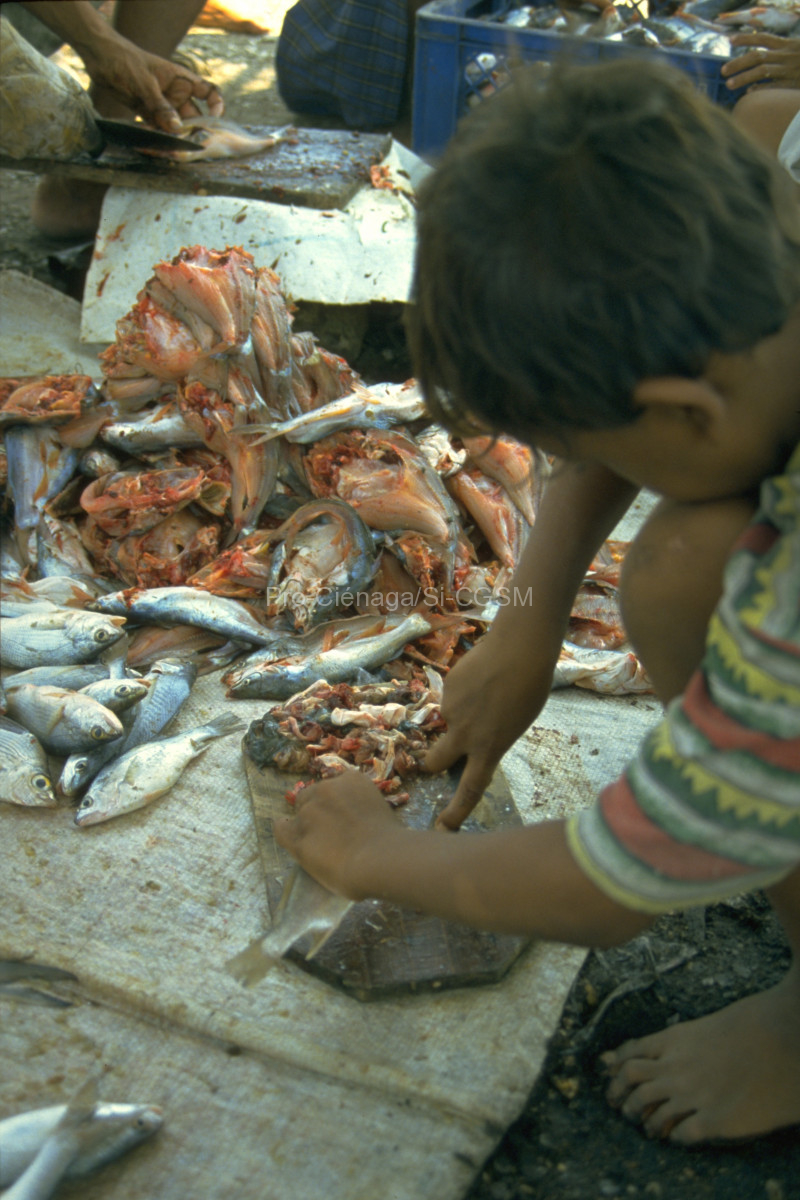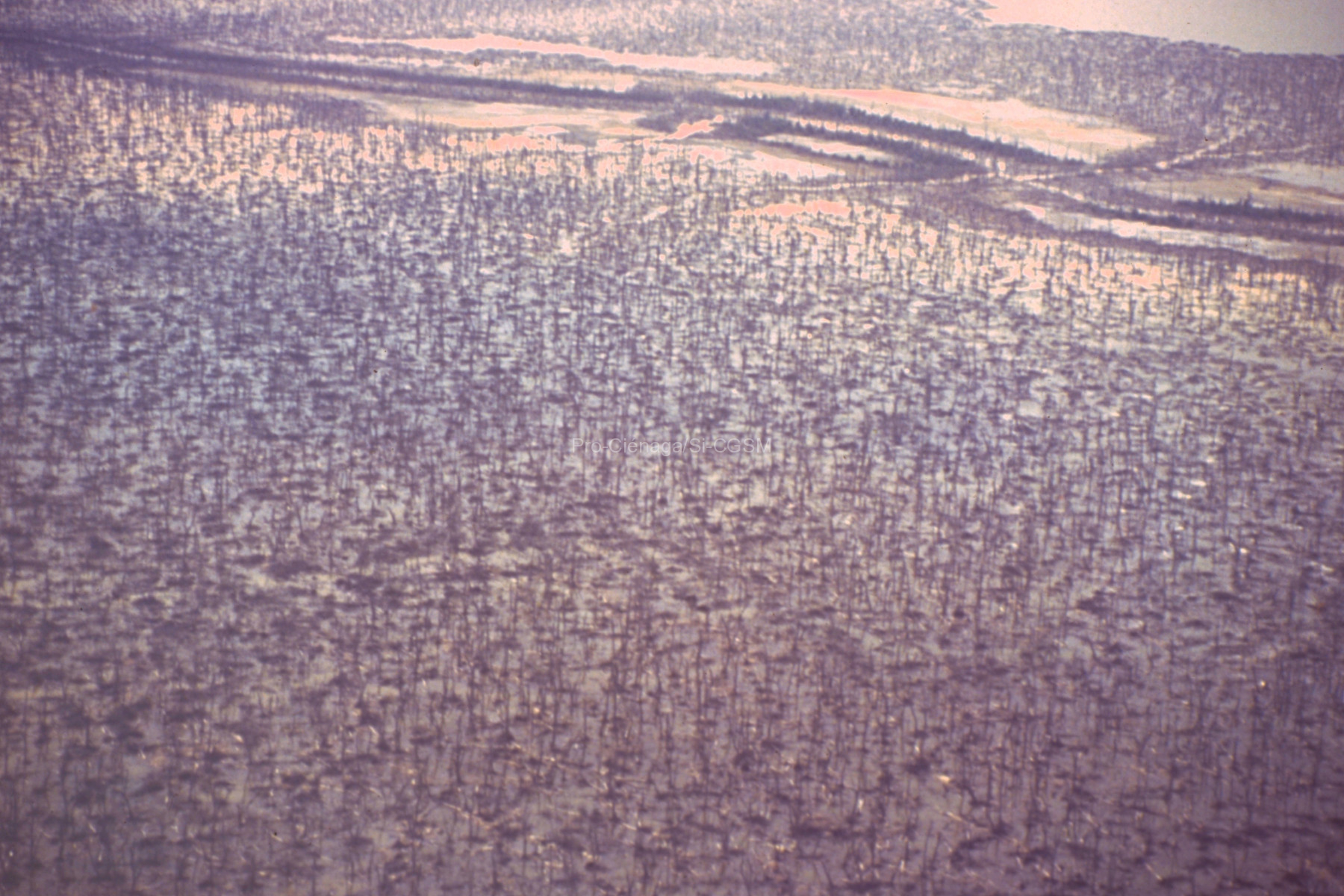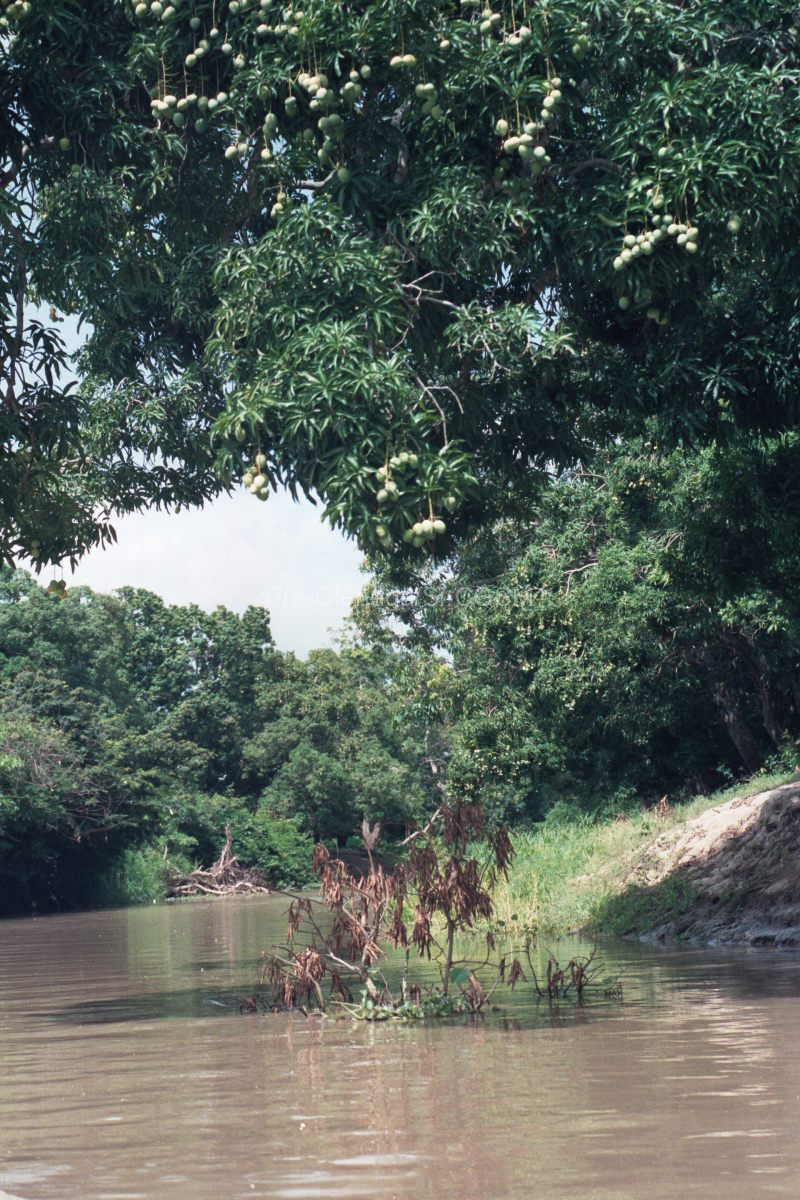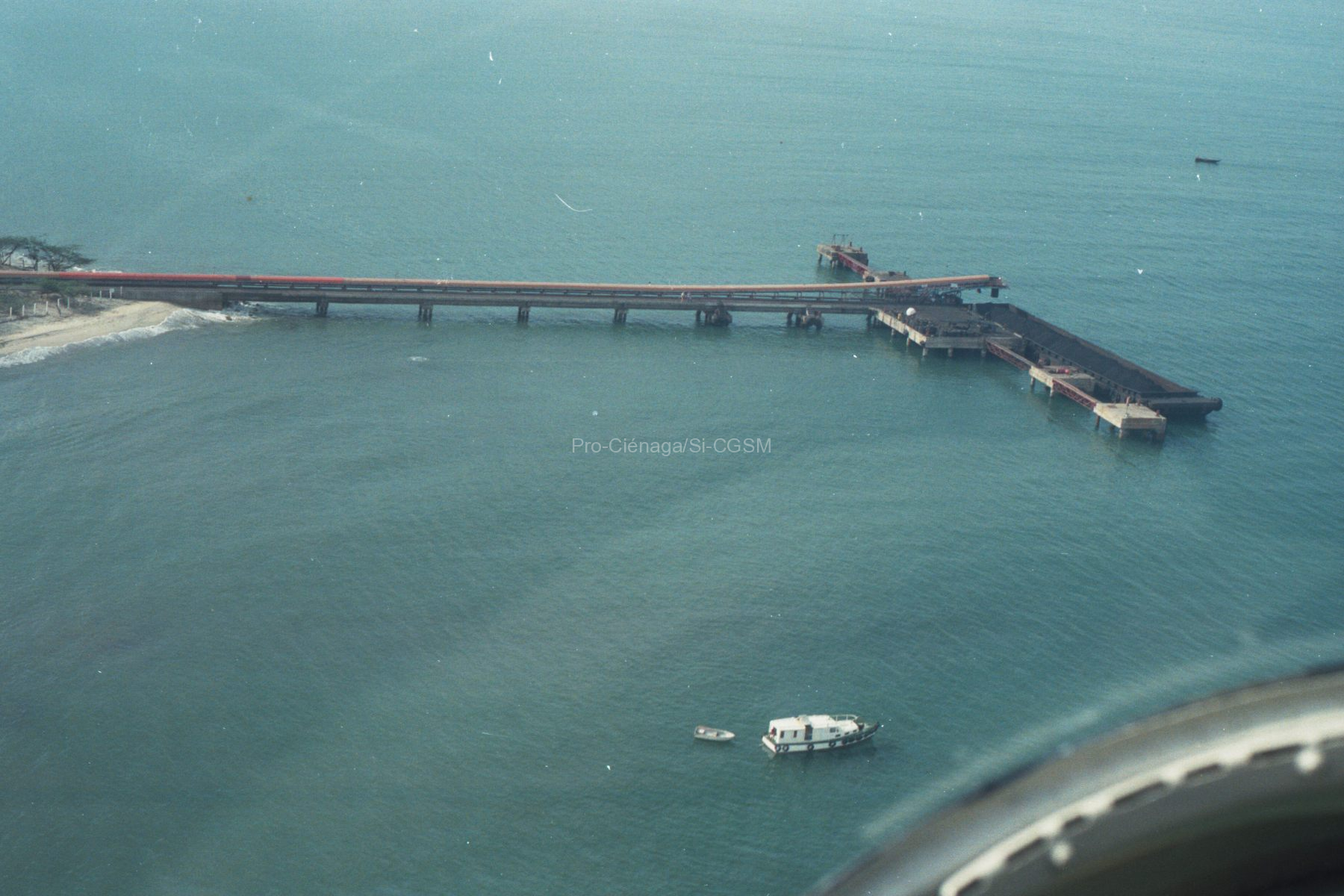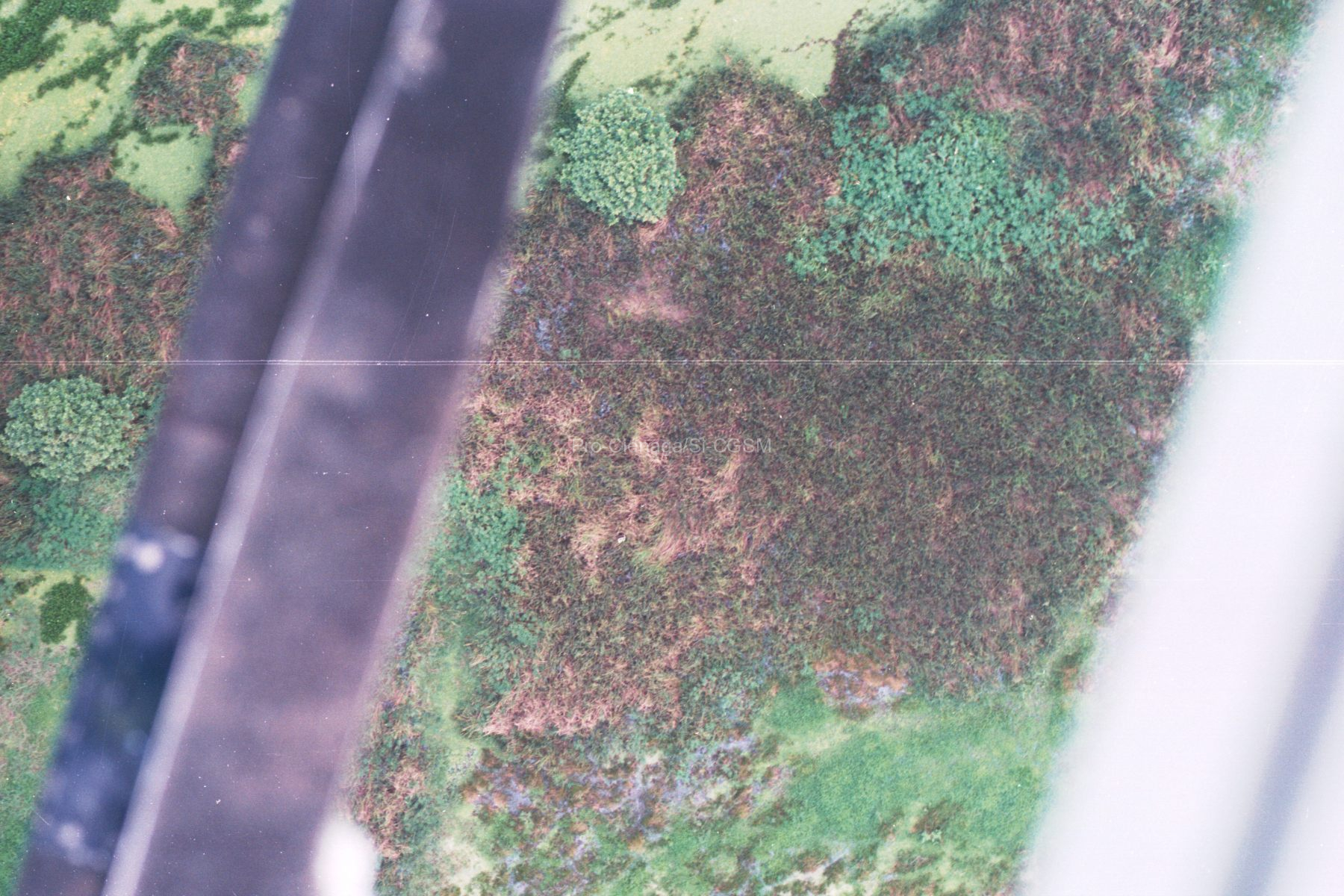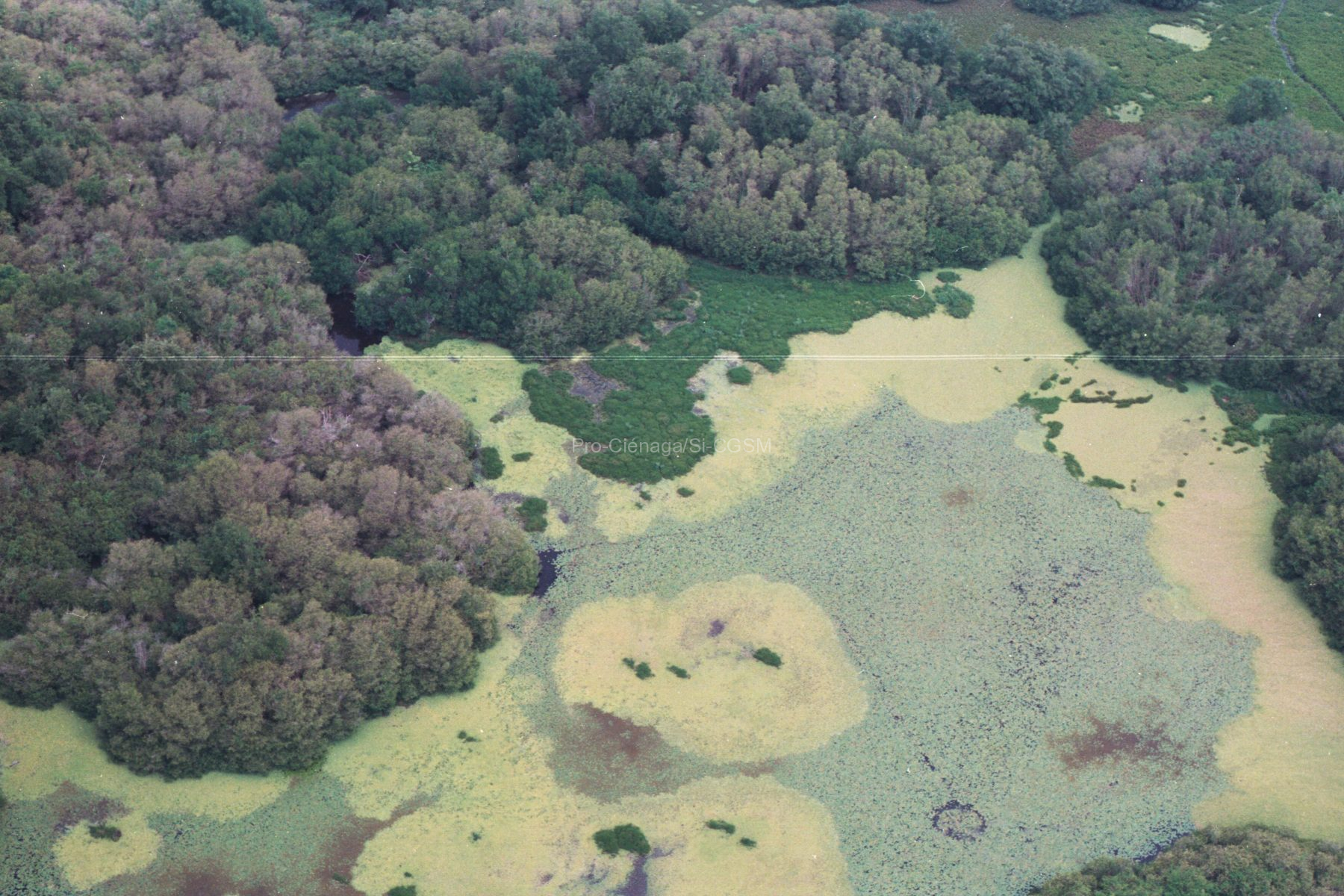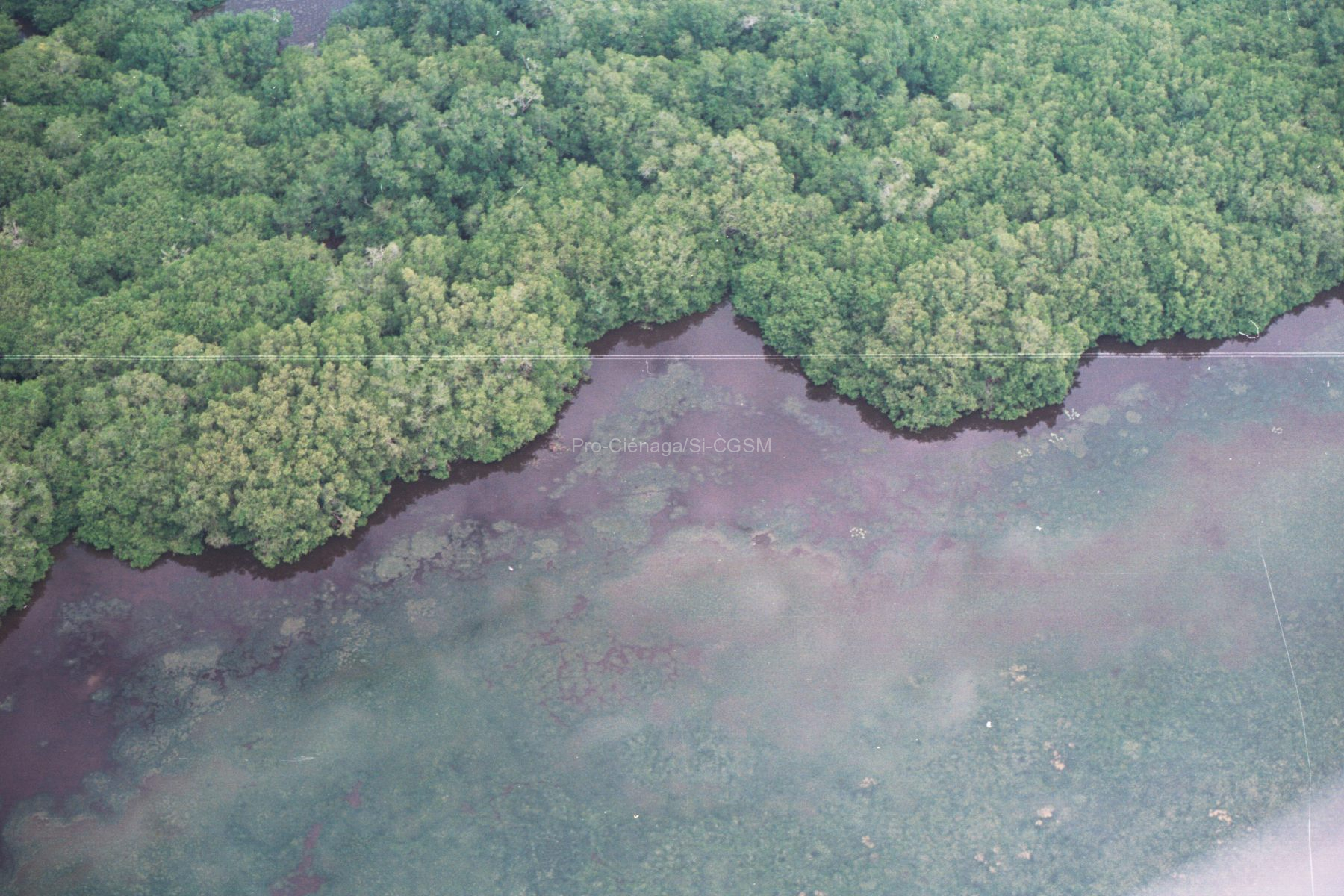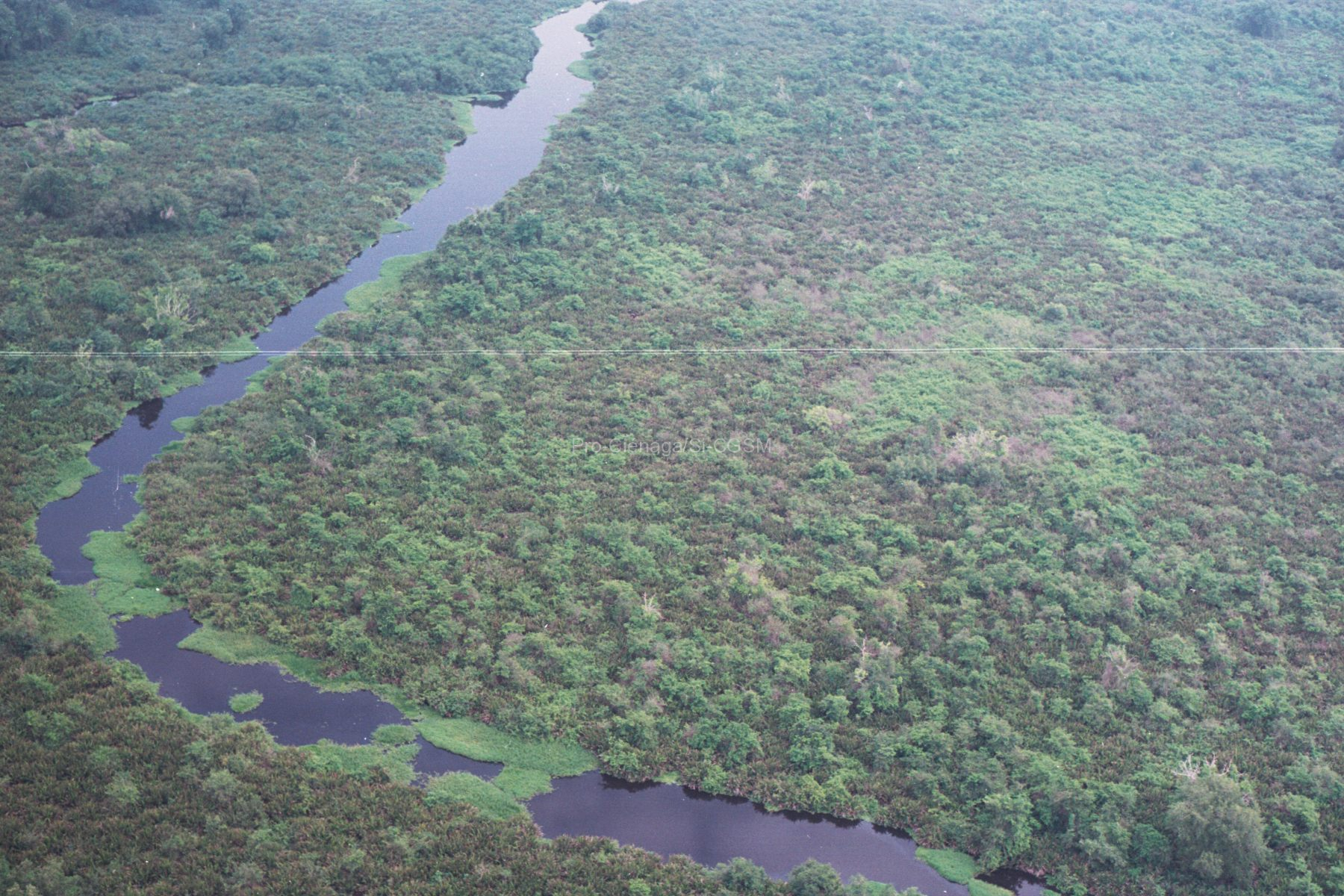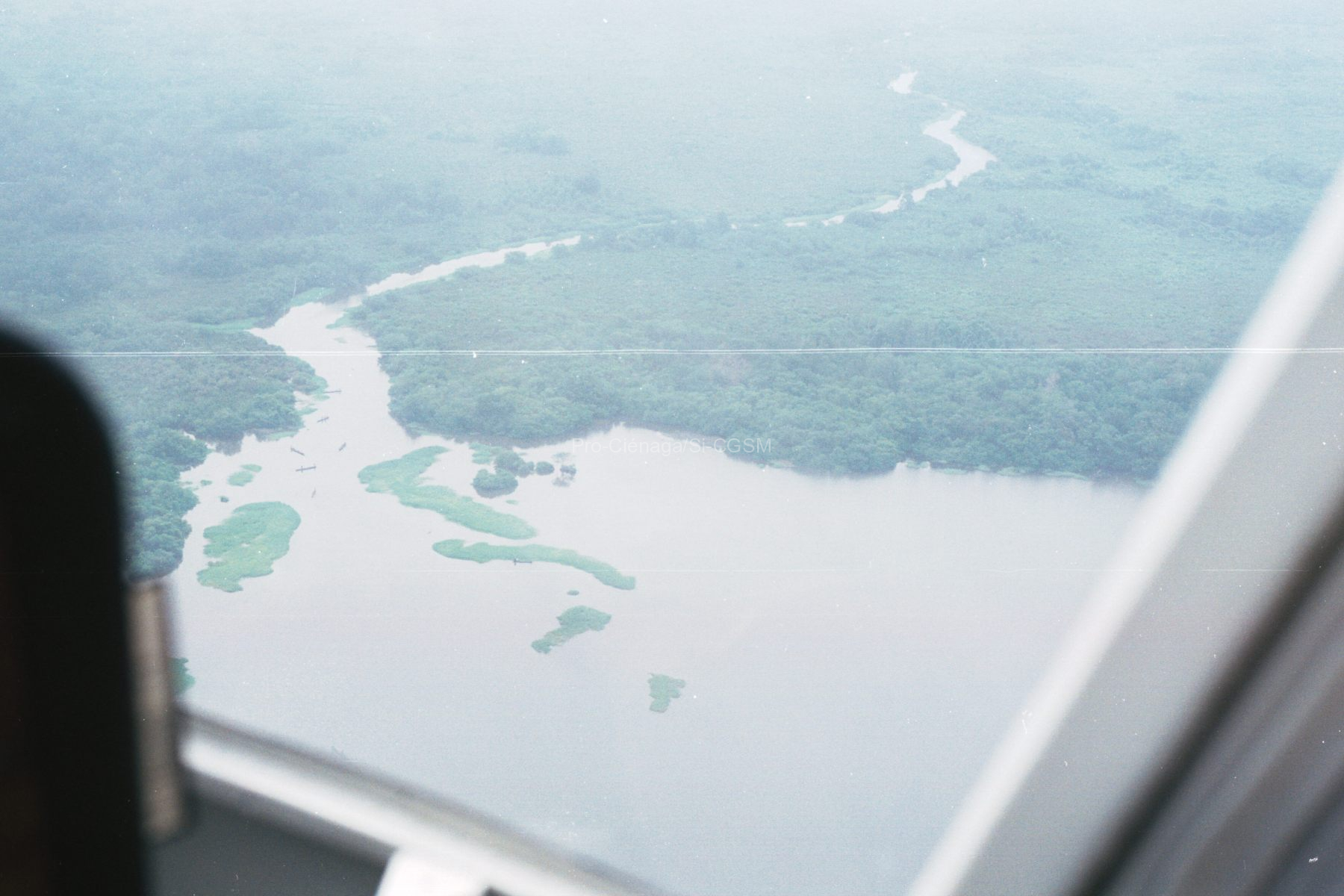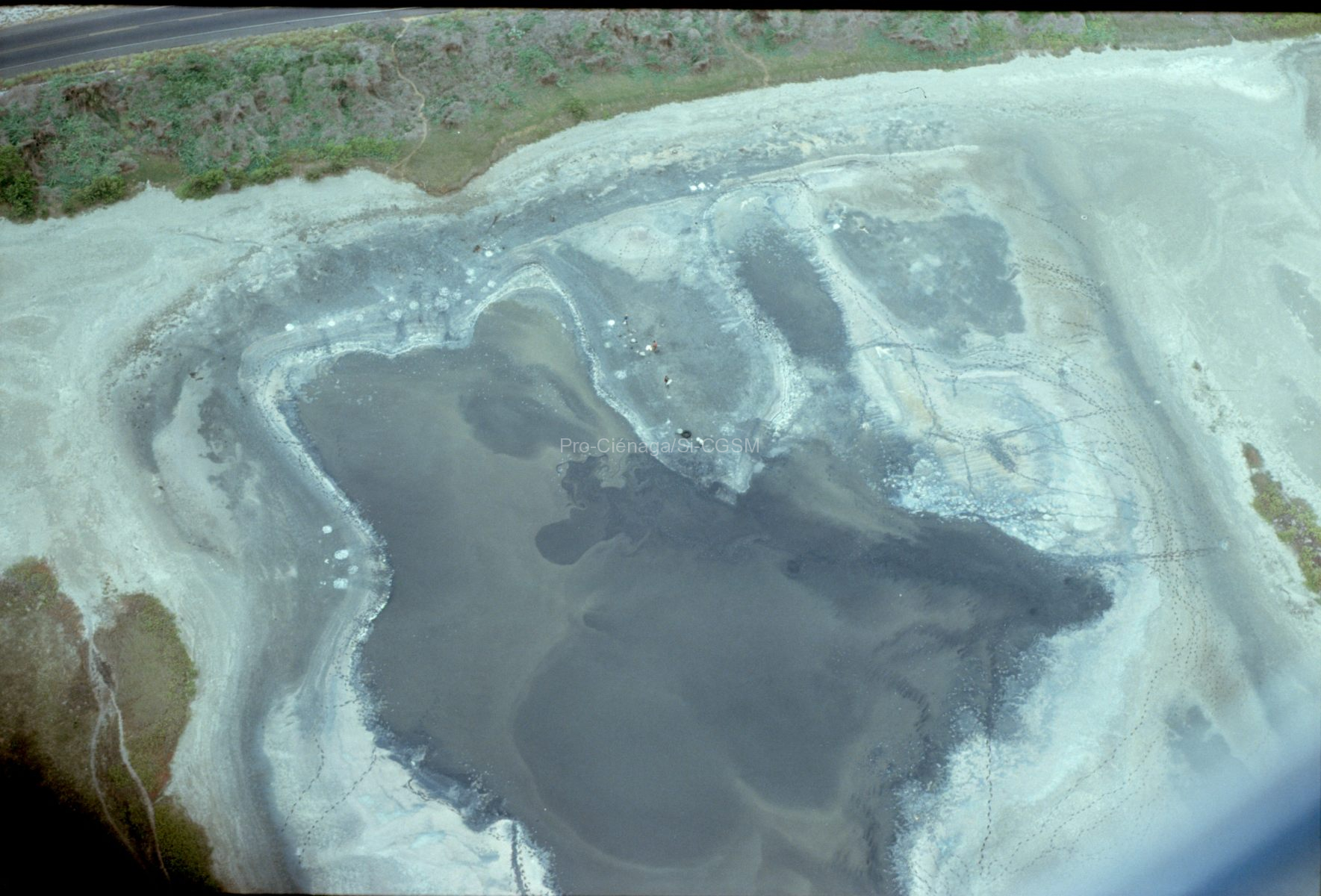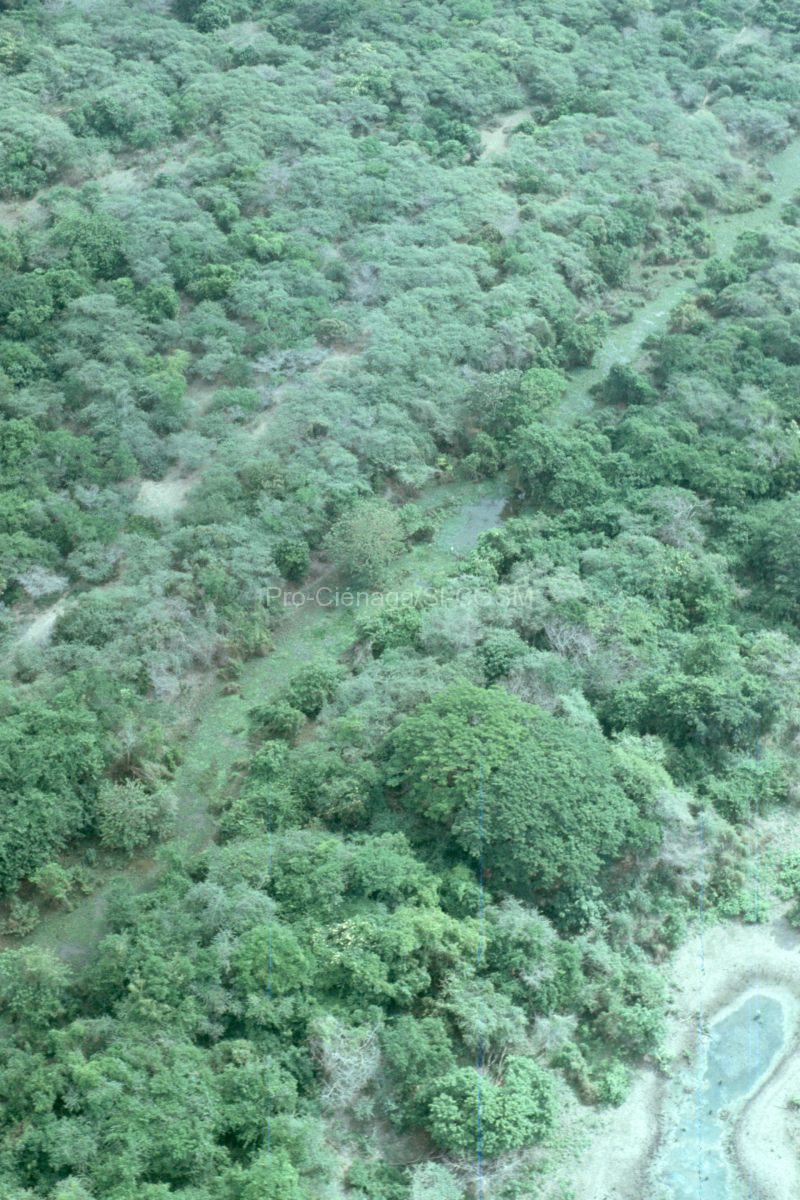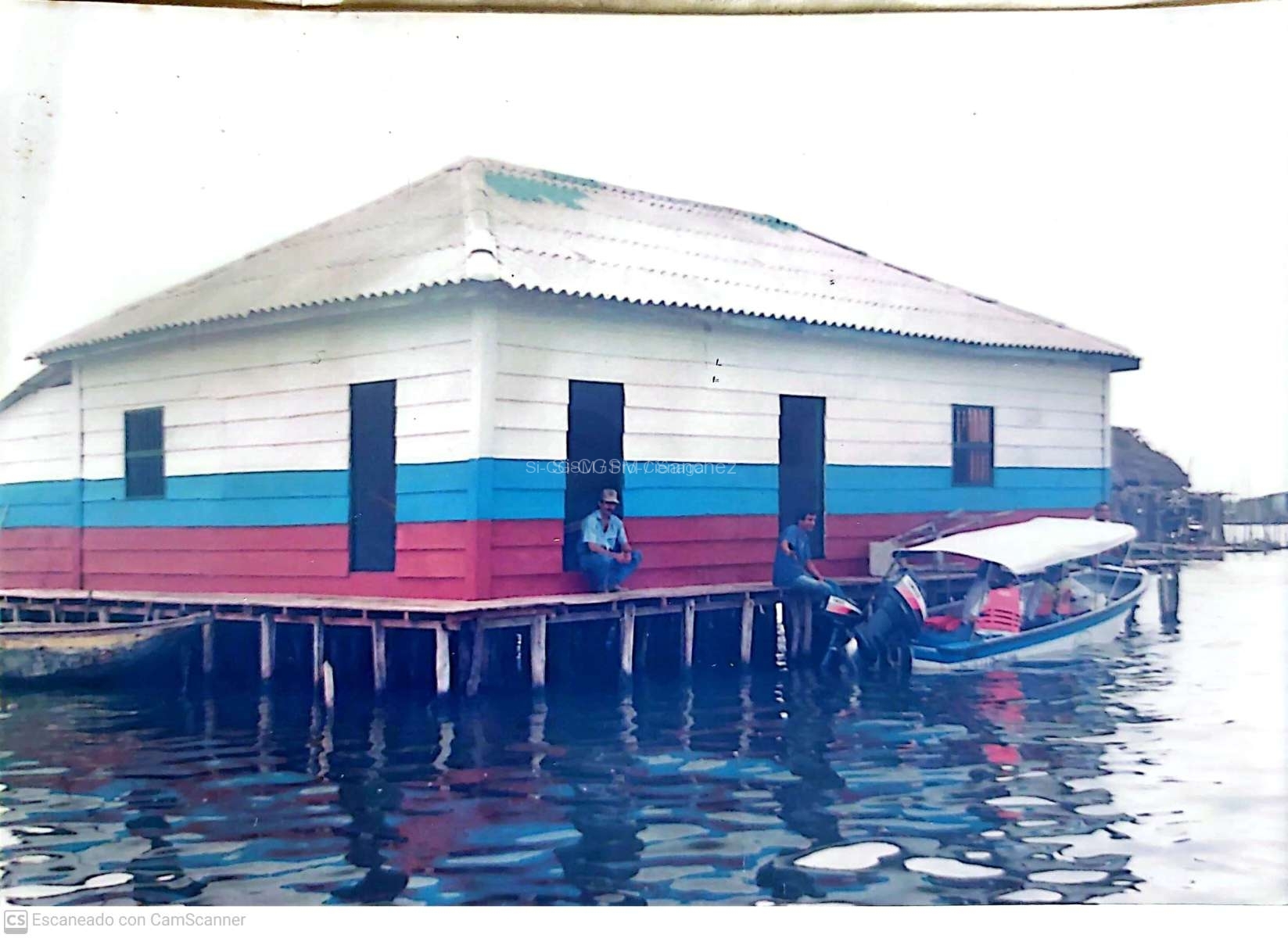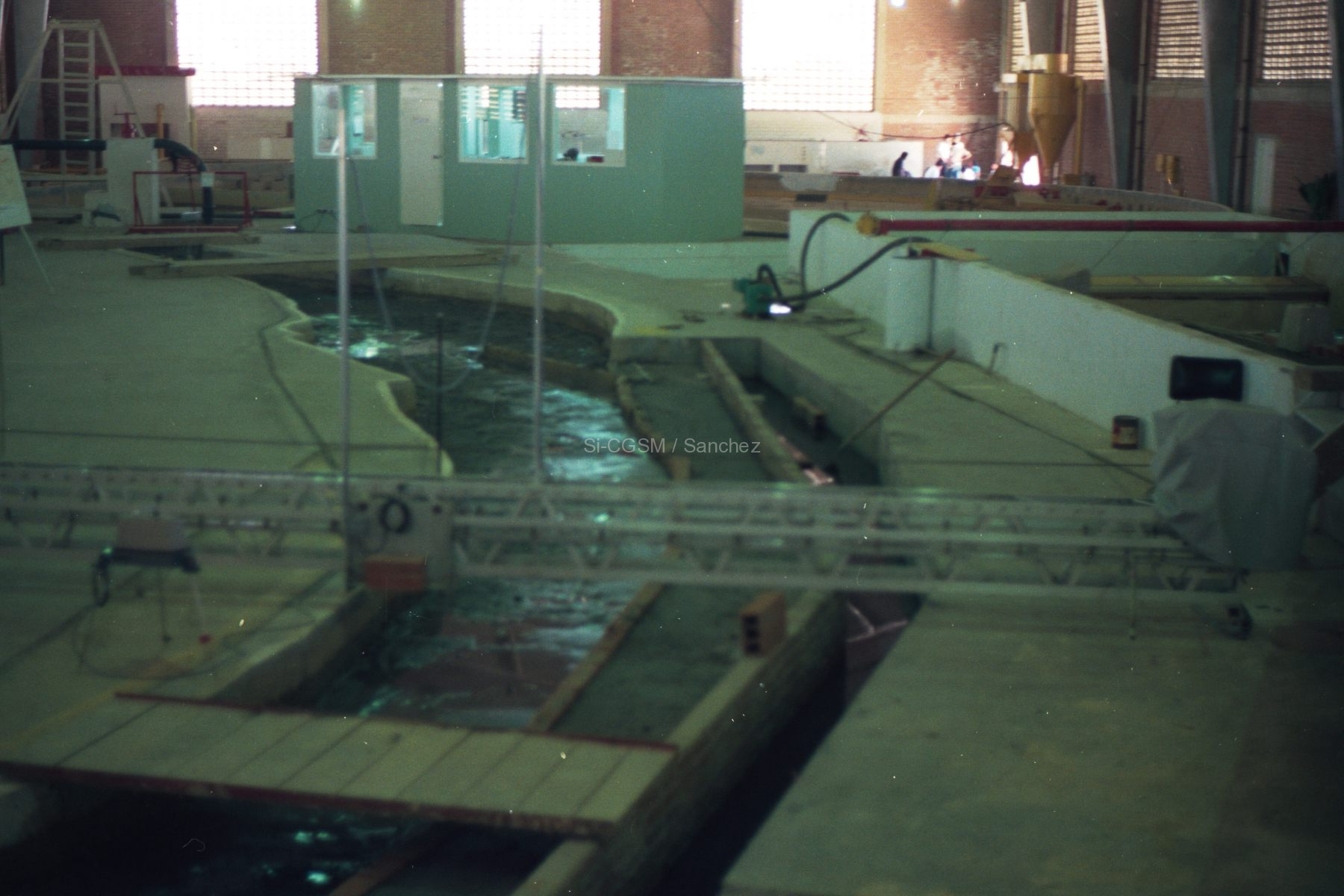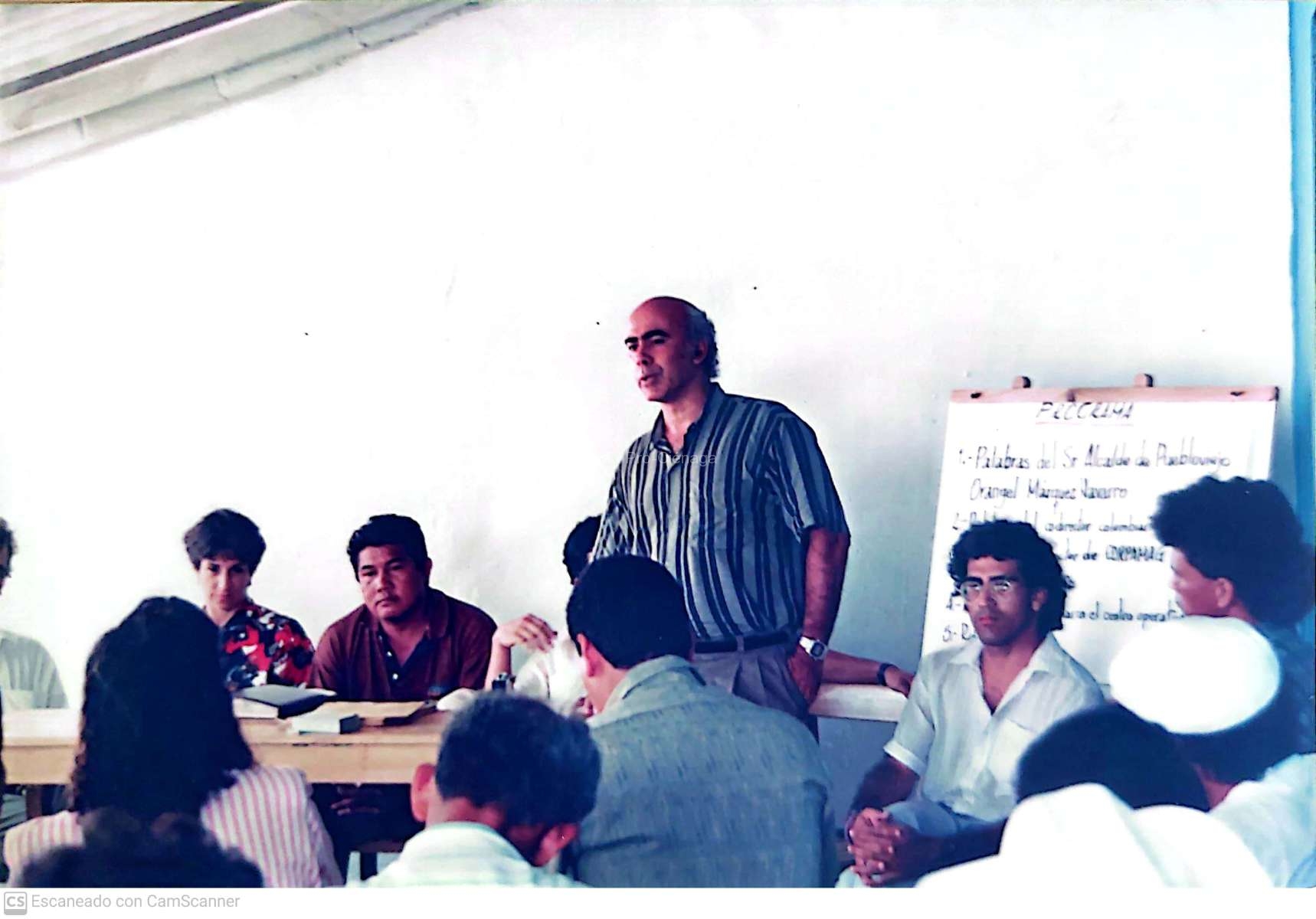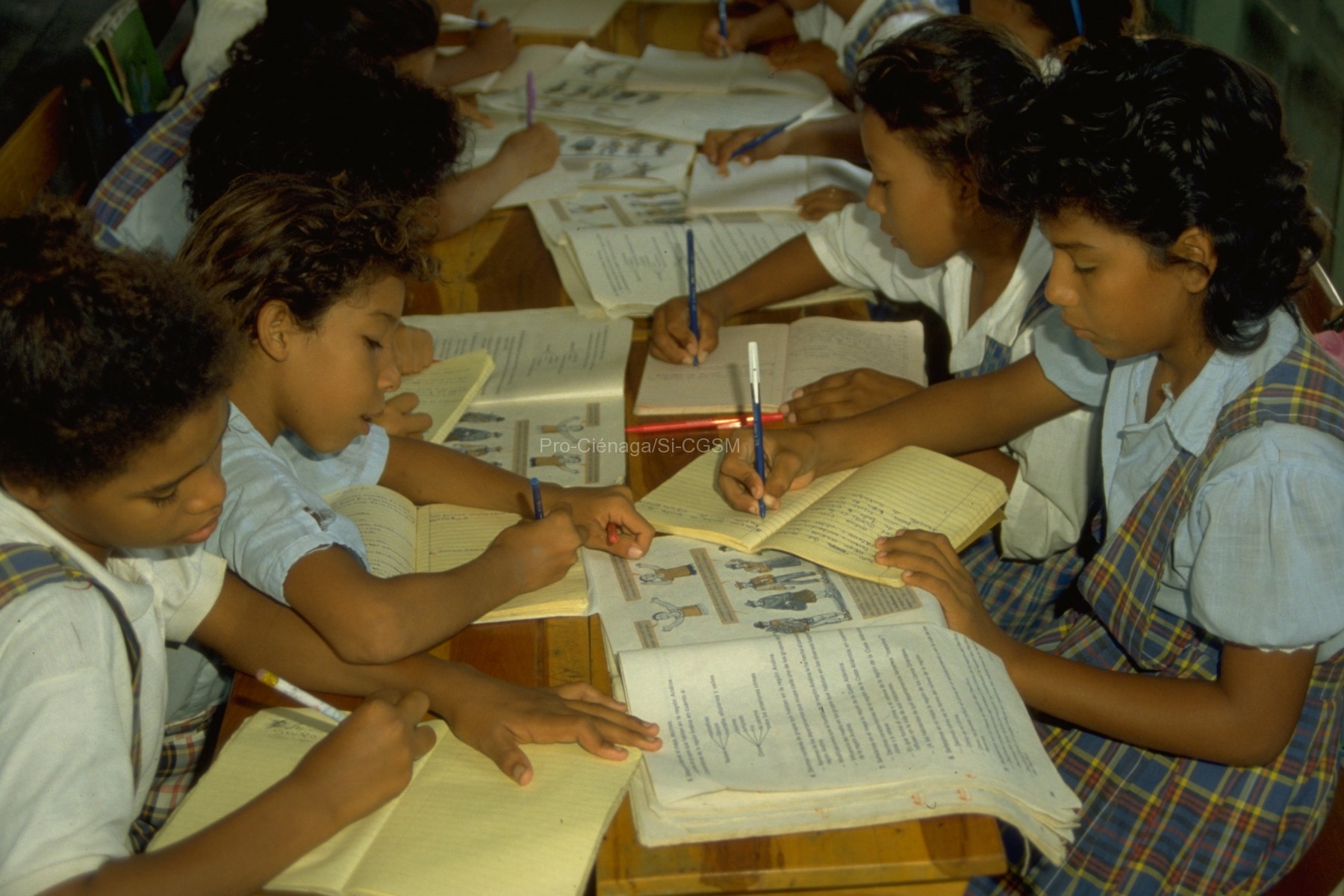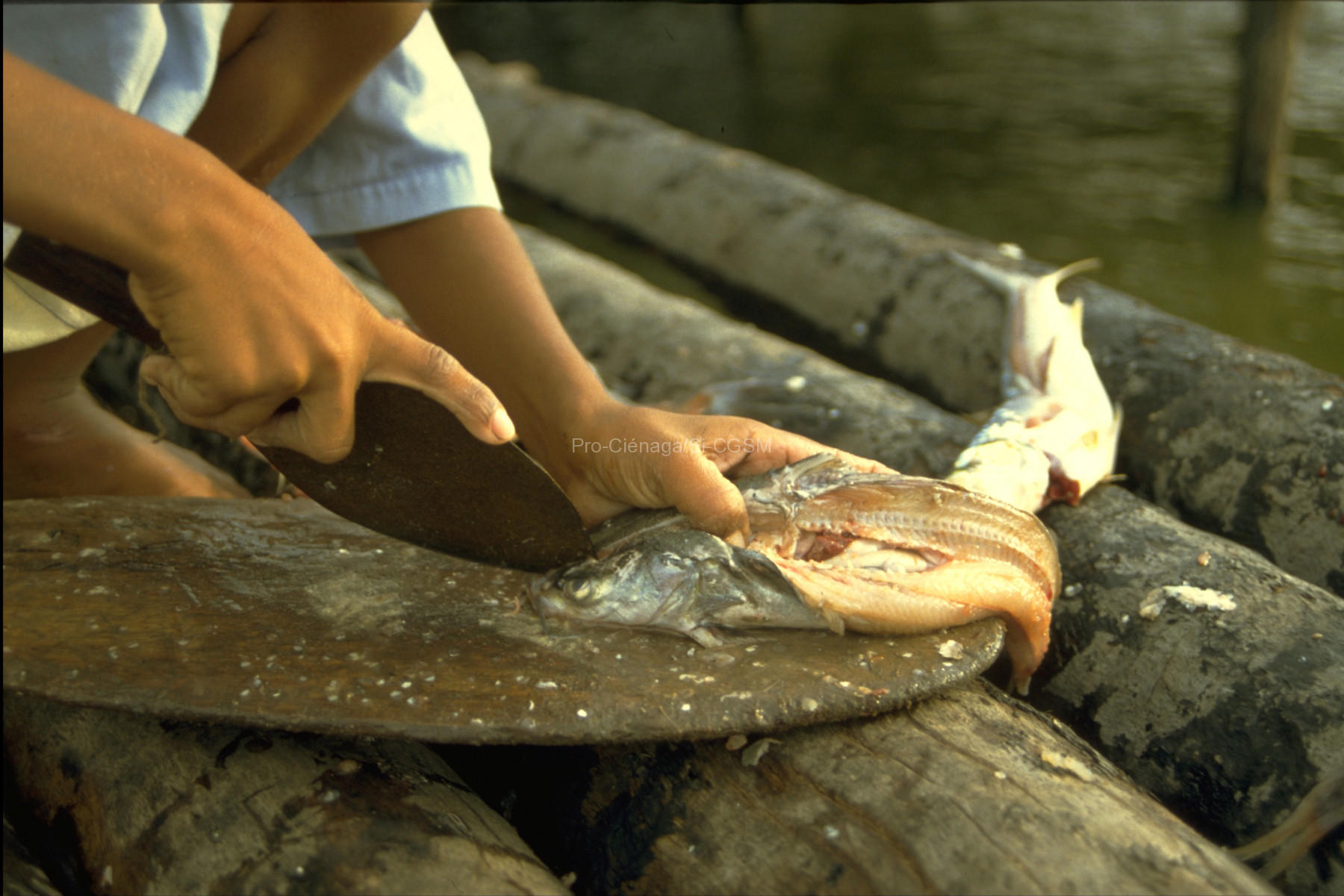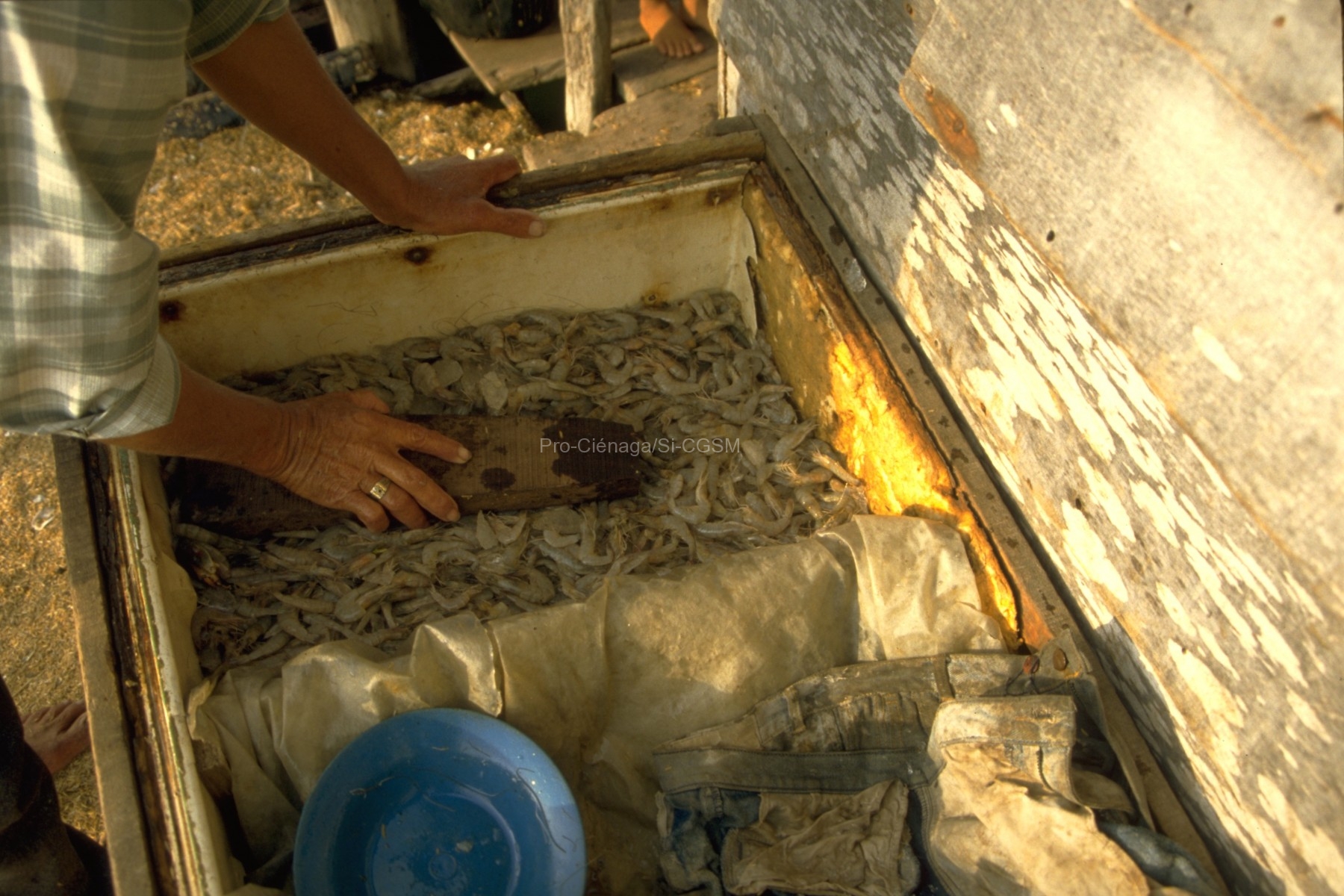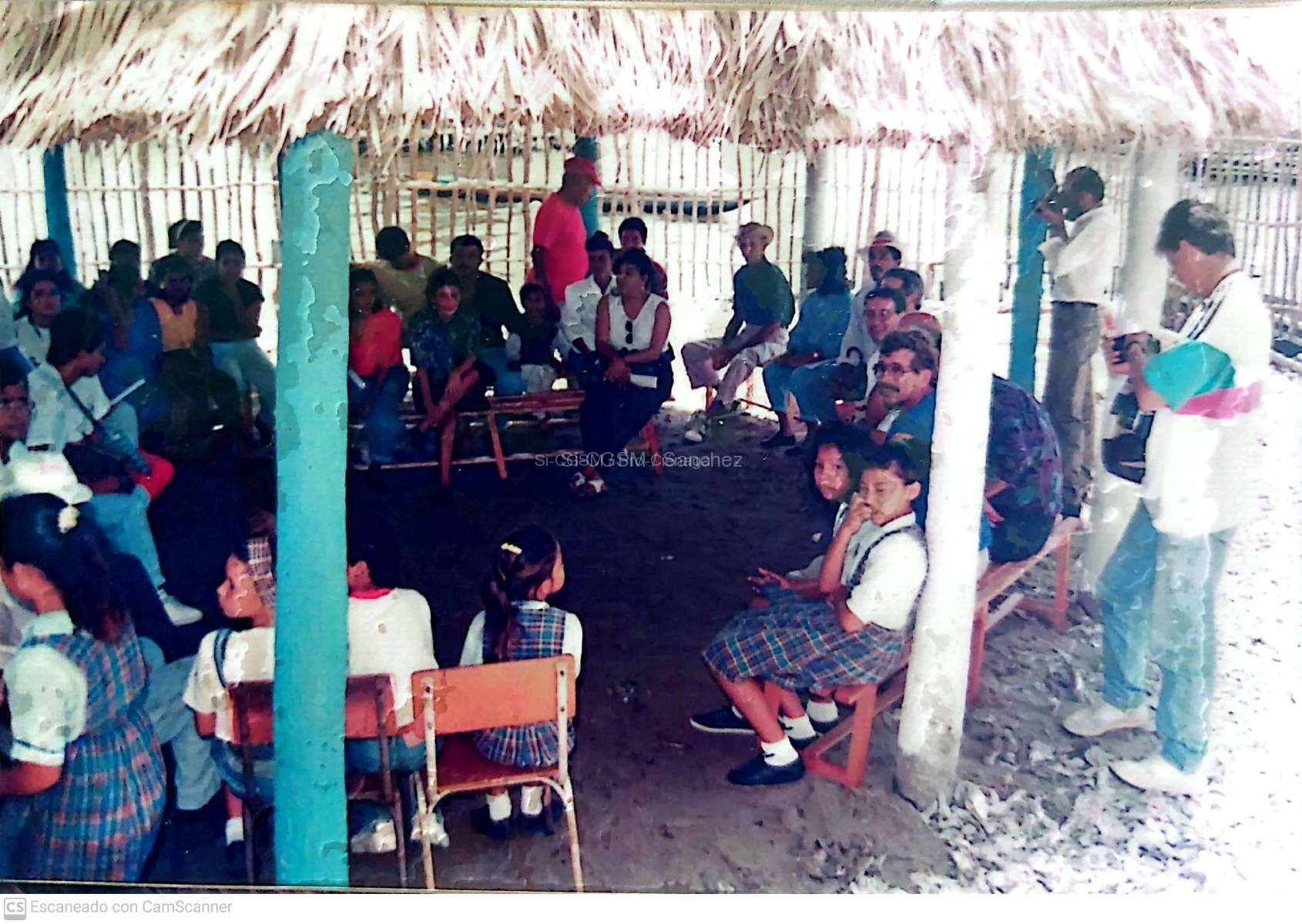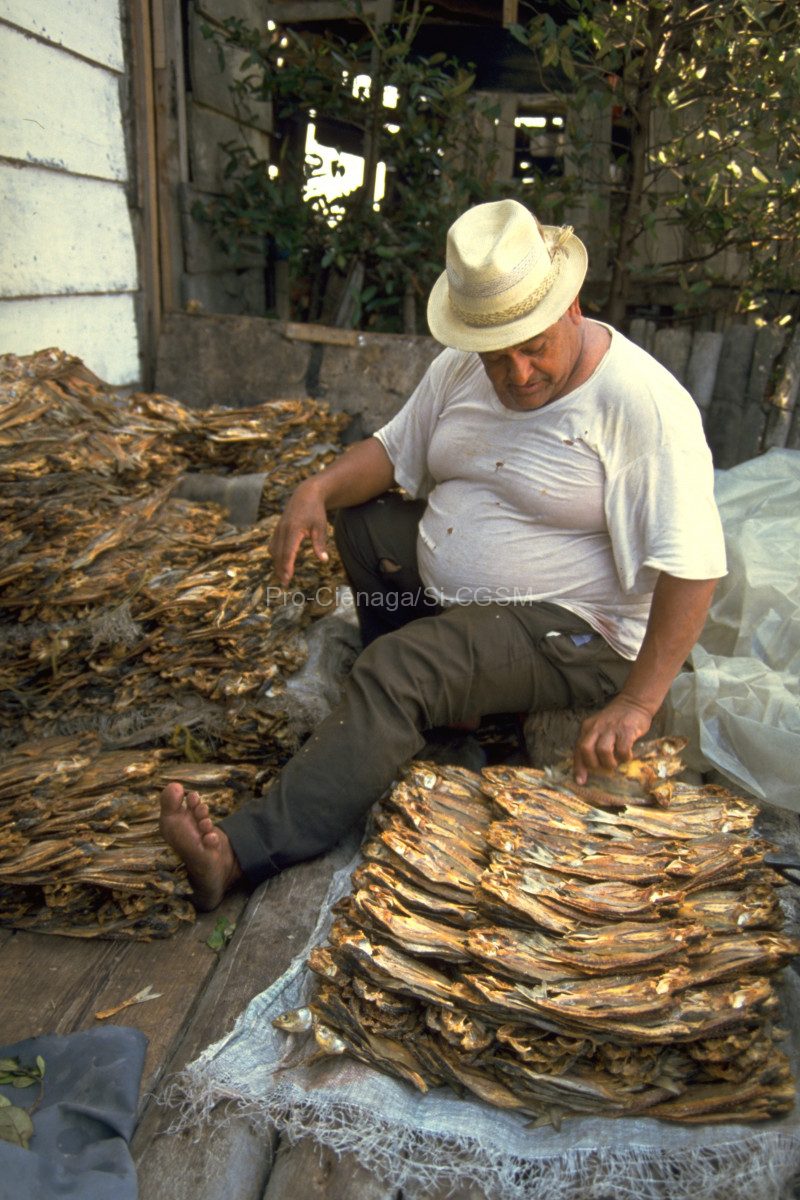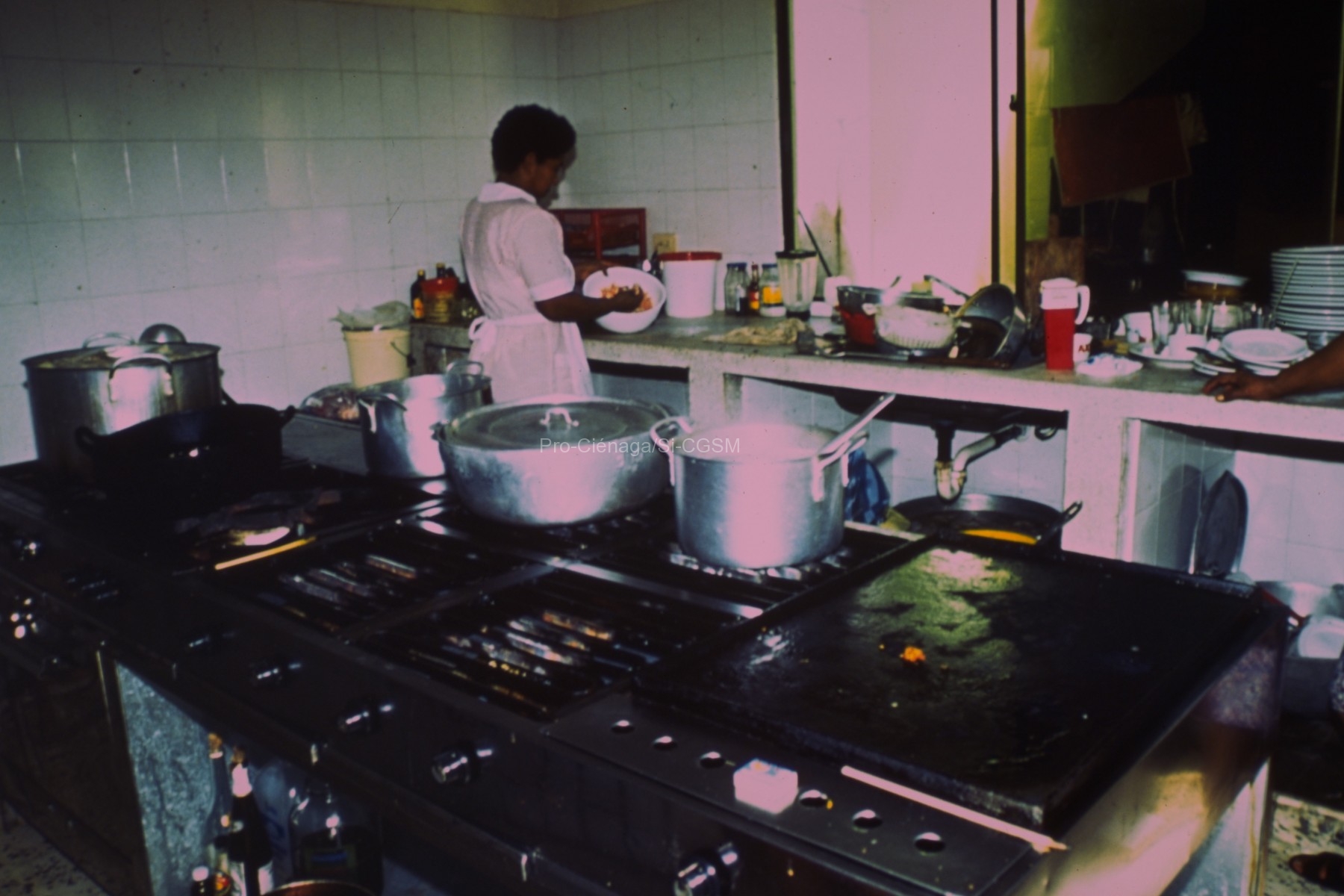Mass mortality and biomass of mangrove trees are related to soil factors in the Caribbean Coast of Colombia. Soil properties measured were particle size distribution, bulk density, organic matter, total nitrogen, total phosphorus, pH, redox potential, salinity, and exchangeable nitrogen (NO2, NO3, NH4) and phosphorus (PO4). Sampling was performed at three locations along two 50 m transects at each site. Soil nutrient concentrations of either exchangeable nitrogen or phosphorus were comparable to other few reported values in the literature. Redox potentials (Eh) were variable due probably to microtopographic conditions and to the amount of water and organic matter present in the soil. Hydrogen potentials (pH0 are within the range reported as normal for mangrove soils. Locations with highest biomass had an average soil salinity of 35 with a range of 20 to 53. Sites with dead or dwarfed vegetation had an average soil salinity of 74 and minimum and maximum values observed were 52 and 100 respectively. Statistical analysis exhibited temporal and spatial differences in soil salinity and suggest that this parameter is the factor that is most significant to the development and distribution of mangrove vegetation. The increase in salinity is responsible for the massive mortality of mangroves occurring in the area.

